Runway and Bridge Crane Surveys
Services
Services
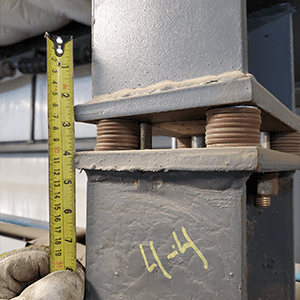
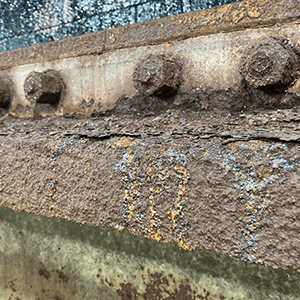
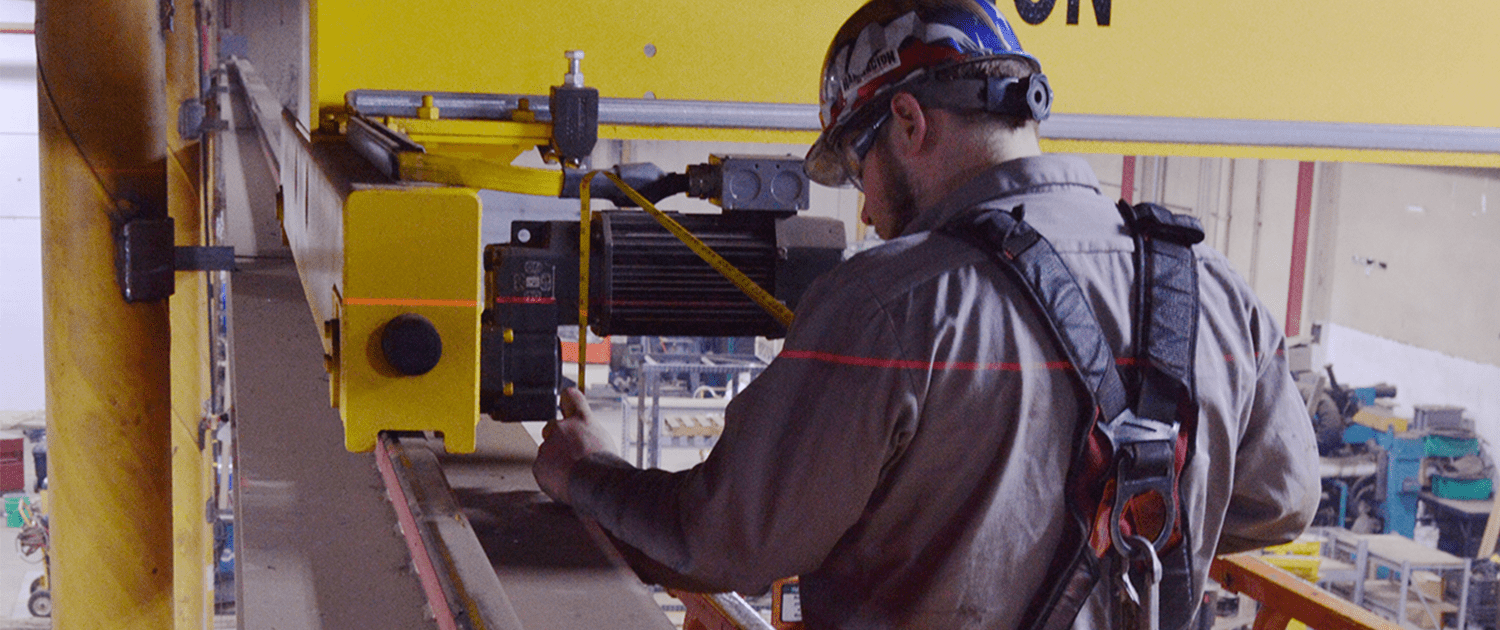
When a component of an overhead bridge crane fails, such as a wheel, wheel bearing, drive shaft or brake, it will often times cause the bridge crane to skew and become out-of-square. This can cause damage to the crane runway by spreading the runways apart and cause the runway steel to yield permanently, hardware to stretch and connection and rail bolts or clips to break. Many crane malfunctions such as broken drive shafts and worn bridge motor brakes can go undetected for a long period of time. These are the types of failures that can lead to catastrophic wear and damage to the structural integrity of the crane and runway.
CraneWerks offers a variety of solutions to combat these issues and a number of ways to detect these problems. CraneWerks’ surveys and inspection team will develop a course-of-action that will allow you to bring you structures, runways and overhead cranes back into compliance.
CraneWerks is experienced in the area of performing crane and hoist inspection surveys that include: runway girder elevation, runway rail straightness and span compliance. In addition to those items CraneWerks also checks the general condition of the running surfaces.
Our team of professionals perform necessary field measurements and inspection surveys and relay them back to our drafting department for them to produce drawings. These drawings will illustrate the condition of your existing crane runways as well as demonstrating how much if any of the runways is out of allowable tolerance. As part of our reporting a written report with images illustrating non compliance issues will be provided.
Bridge girder and end-truck connections can be inspected both visually and by using a non-destructive means of testing these areas. Our Structural Analysis Inspectors are trained to identify cracks in and the yielding of materials in the areas of these connections during surveys.
During a structural analysis surveys and inspections we can also perform a squareness check of the cranes wheels and a laser check to determine that the bridge crane has the proper camber.
Runway misalignment due to building settlement is common to most buildings containing bridge cranes and monorails. Buildings settle naturally anyway but with the added impact loadings that cranes produce they sometimes settle more quickly. This settlement results in runway elevations and spans becoming out of tolerance.
Crane overloads can lead to permanent deflection to bridge support columns and crane runways causing them to be out of tolerance. This out of tolerance condition will tend to worsen over time if left unchecked.
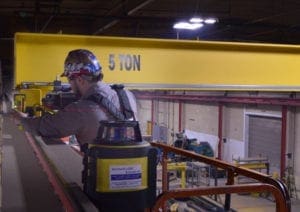
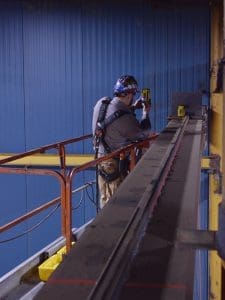
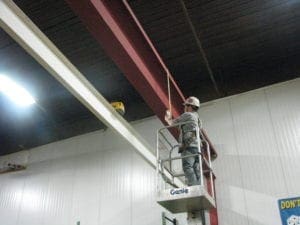
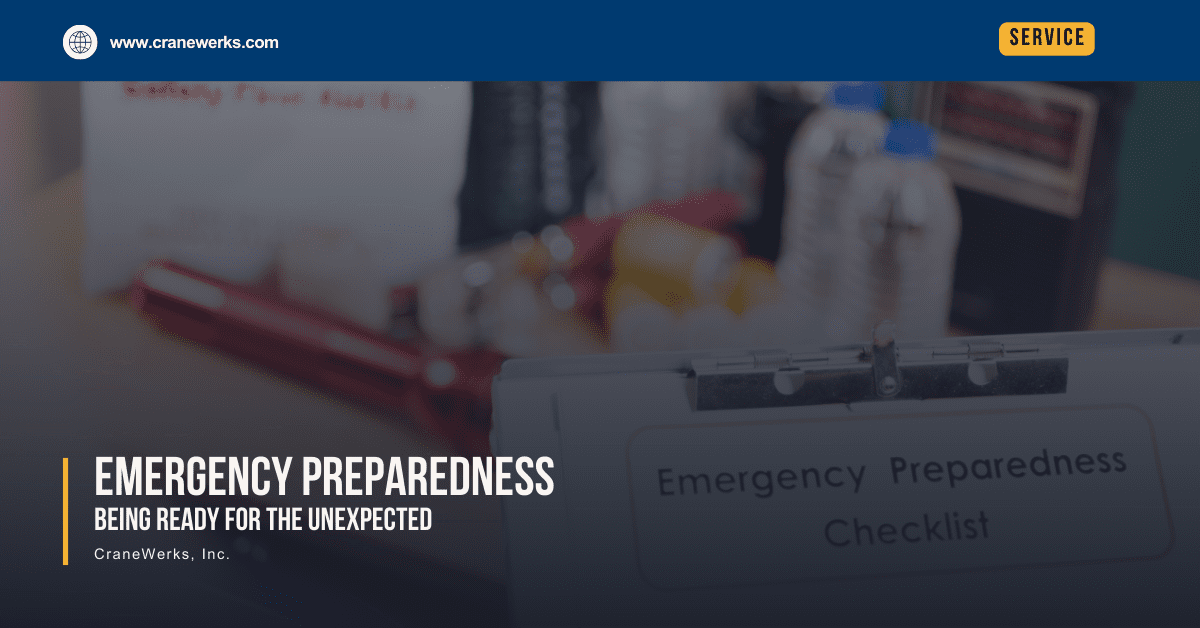 https://www.cranewerks.com/wp-content/uploads/2024/08/EMERG-PREP-FEAT-IMG.png
628
1200
CraneWerks
https://www.cranewerks.com/wp-content/uploads/2023/09/CW_FC-WEB-Logo_23.svg
CraneWerks2024-08-26 11:15:212024-09-16 12:28:10Emergency Preparedness: Being Ready for the Unexpected
https://www.cranewerks.com/wp-content/uploads/2024/08/EMERG-PREP-FEAT-IMG.png
628
1200
CraneWerks
https://www.cranewerks.com/wp-content/uploads/2023/09/CW_FC-WEB-Logo_23.svg
CraneWerks2024-08-26 11:15:212024-09-16 12:28:10Emergency Preparedness: Being Ready for the Unexpected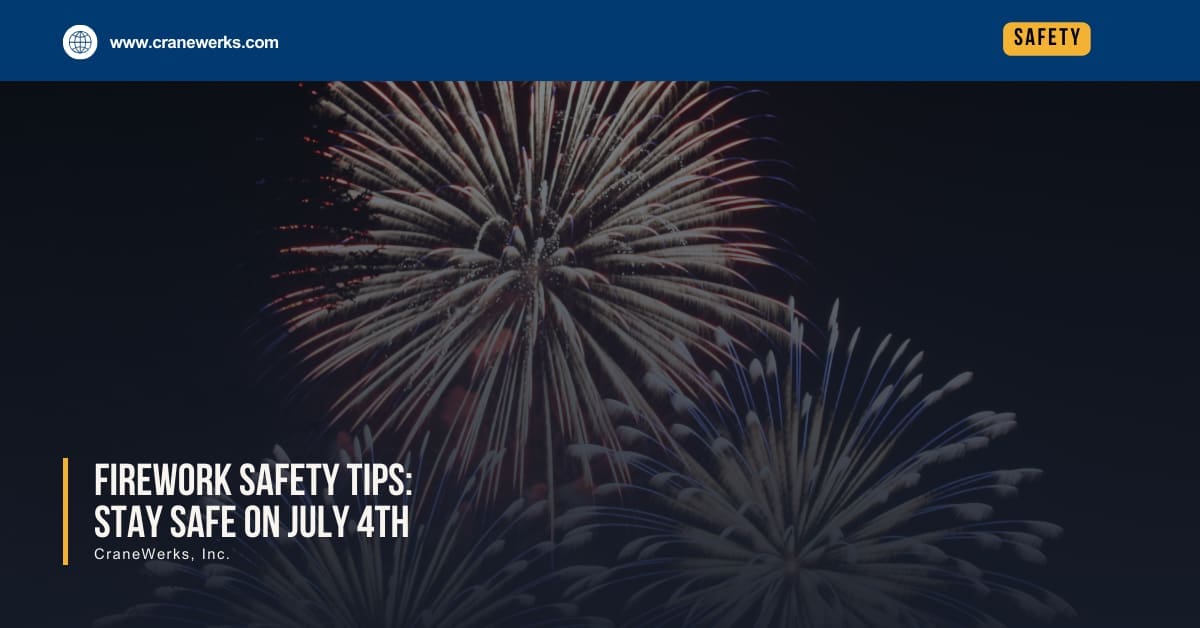 https://www.cranewerks.com/wp-content/uploads/2024/07/FIREWORK-SAFETY-FEAT-IMG.jpg
628
1200
CraneWerks
https://www.cranewerks.com/wp-content/uploads/2023/09/CW_FC-WEB-Logo_23.svg
CraneWerks2024-07-01 15:05:292024-08-14 13:54:38Firework Safety Tips: Stay Safe on July 4th
https://www.cranewerks.com/wp-content/uploads/2024/07/FIREWORK-SAFETY-FEAT-IMG.jpg
628
1200
CraneWerks
https://www.cranewerks.com/wp-content/uploads/2023/09/CW_FC-WEB-Logo_23.svg
CraneWerks2024-07-01 15:05:292024-08-14 13:54:38Firework Safety Tips: Stay Safe on July 4th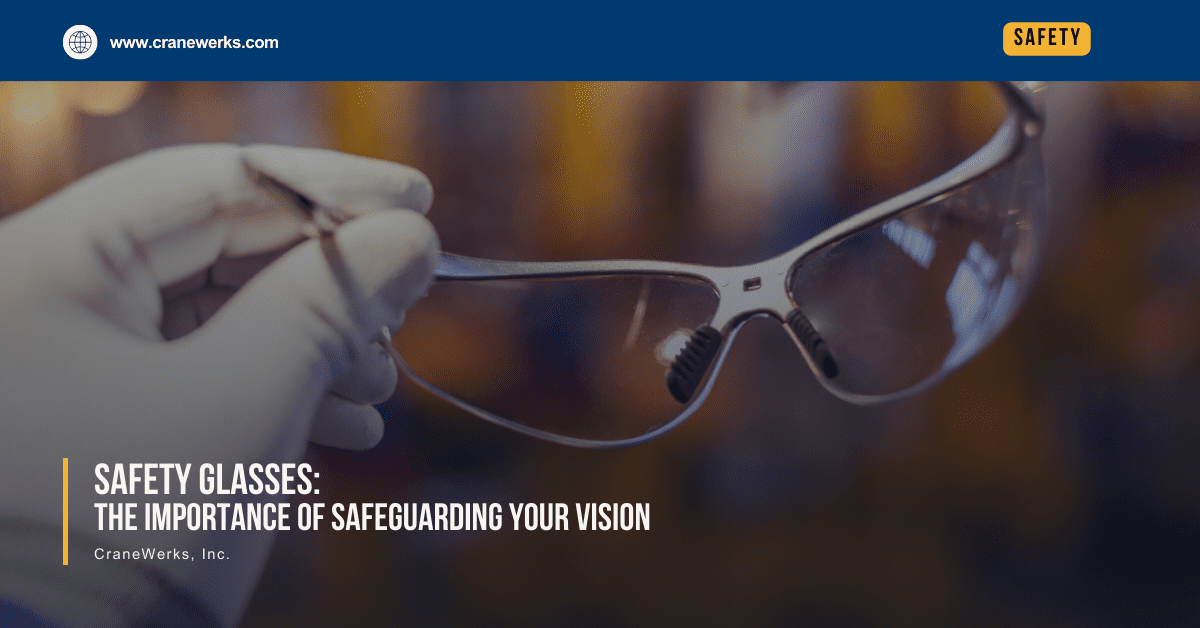 https://www.cranewerks.com/wp-content/uploads/2024/06/SAFETY-GLASSES-FEAT-IMG.png
628
1200
CraneWerks
https://www.cranewerks.com/wp-content/uploads/2023/09/CW_FC-WEB-Logo_23.svg
CraneWerks2024-06-25 08:56:042024-08-14 13:55:52Safety Glasses: The Importance of Safeguarding Your Vision
https://www.cranewerks.com/wp-content/uploads/2024/06/SAFETY-GLASSES-FEAT-IMG.png
628
1200
CraneWerks
https://www.cranewerks.com/wp-content/uploads/2023/09/CW_FC-WEB-Logo_23.svg
CraneWerks2024-06-25 08:56:042024-08-14 13:55:52Safety Glasses: The Importance of Safeguarding Your Vision